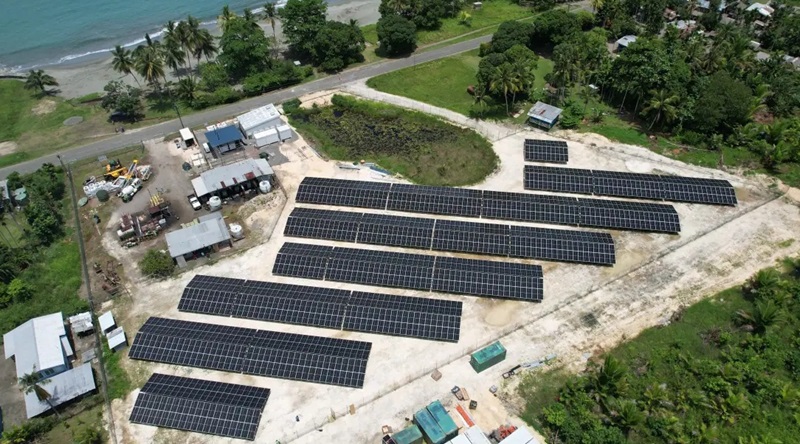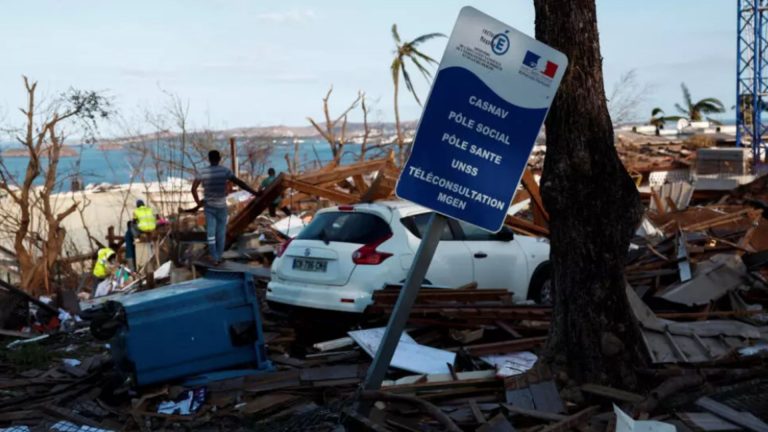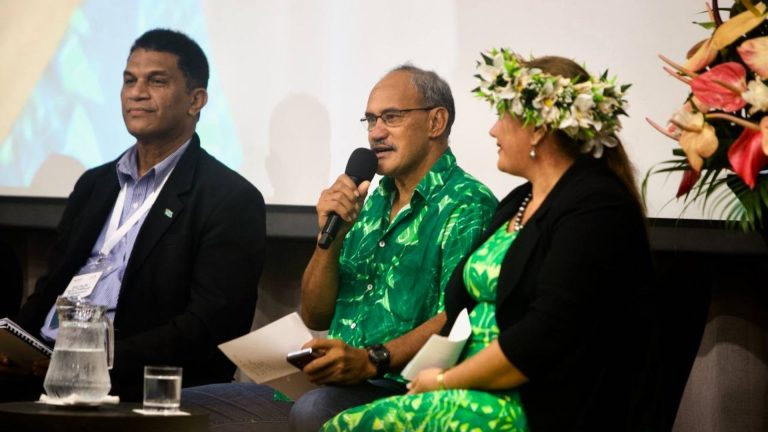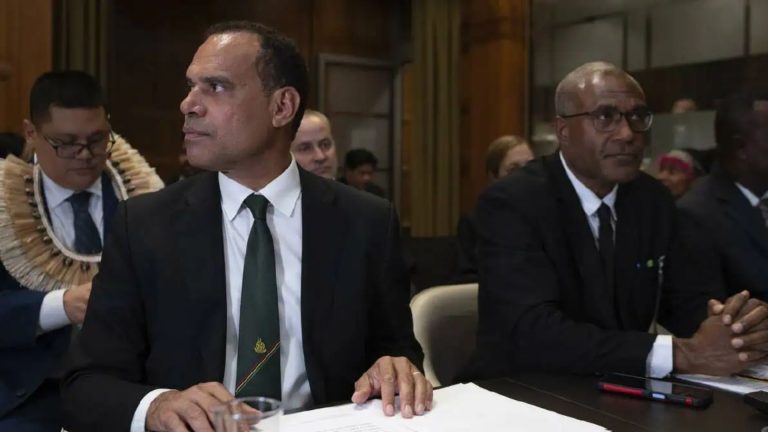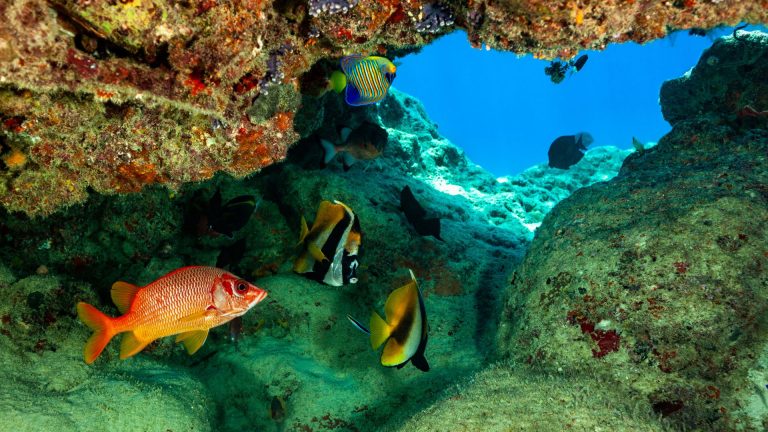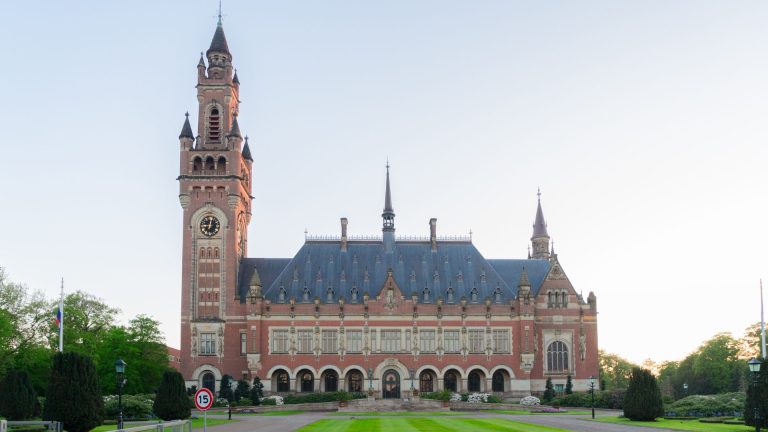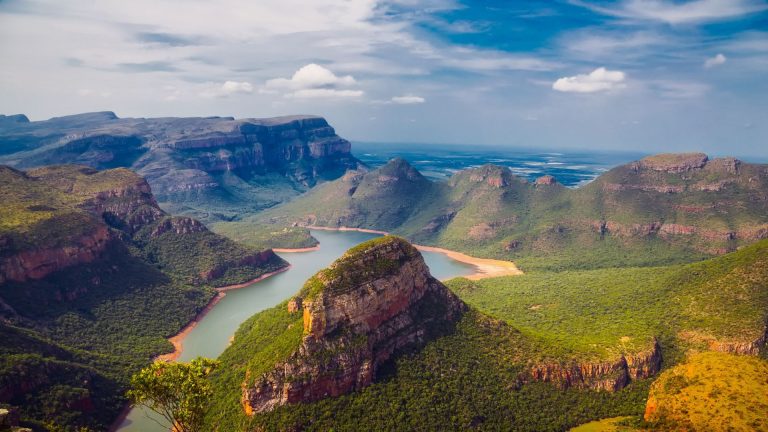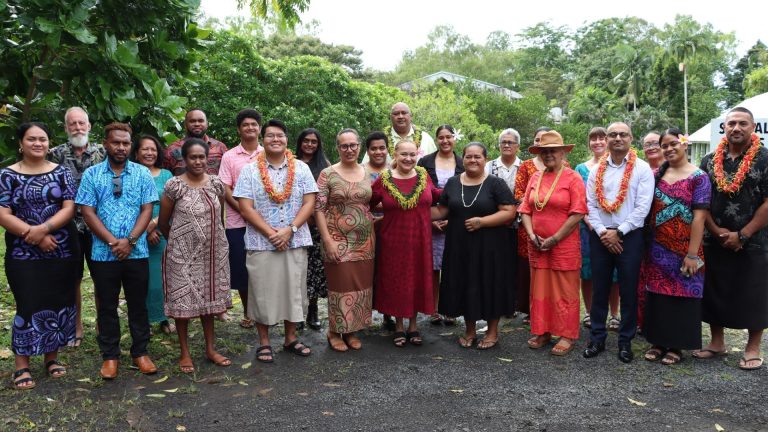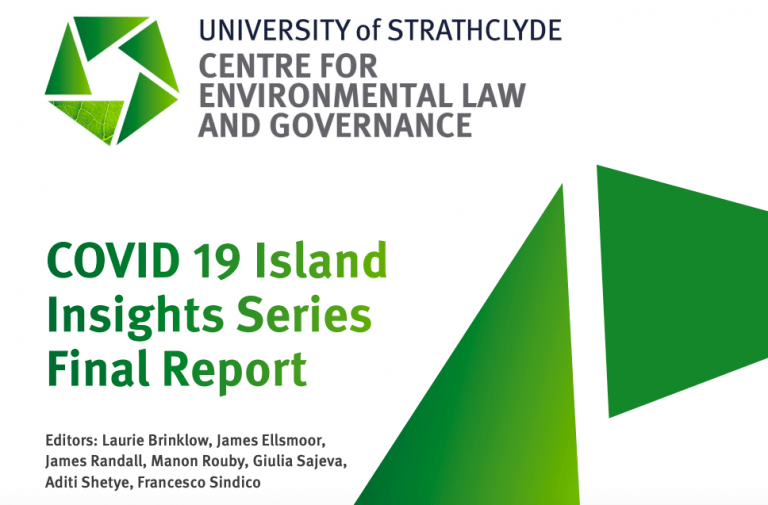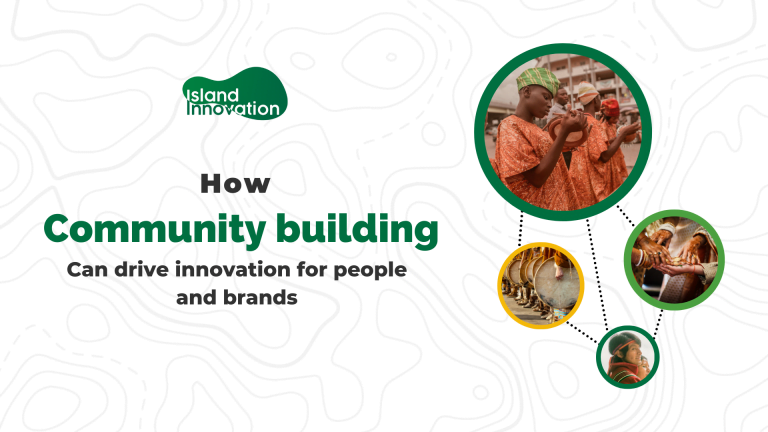Photo: DFAT Economic and Social Infrastructure Program. Retrieved from cosmosmagazine.com
Excerpt from cosmosmagazine.com
The image of the Pacific is white sandy beaches, palm trees swaying in a gentle breeze; and villagers living a simple life in thatched huts – a seemingly ideal environment for solar or wind energy projects.
But the uptake of renewables in the Pacific has been slow.
For example the International Renewable Energy Agency (IRENA) country profile for Papua New Guinea (PNG) shows that only 2 years ago there was little solar energy and no wind power, and that much of the population relied on bioenergy – burning wood to fuel domestic cooking fires.
In its country report on the Solomon Islands, IRENA says the country “continues to grapple with energy security and sustainability, especially in the outer islands and remote communities.
“These challenges are compounded by rapid population growth and a high poverty ranking.”
…
“Succession planning is very important. In Tuvalu we’re particularly trying to get young women involved who haven’t necessarily seen this kind of work as attractive, but who can be trained up to operate power systems and maintain lines. This is part of the projects underway in Tonga too. “The modern power sector will be more computerised and automated, and it would be great to see a much younger and hopefully female-led future workforce in the energy sector in the Pacific. To achieve this, there’ll need to be significant capacity building and training – so this should be a focus for the next chapter of the energy journey in the Pacific.”

